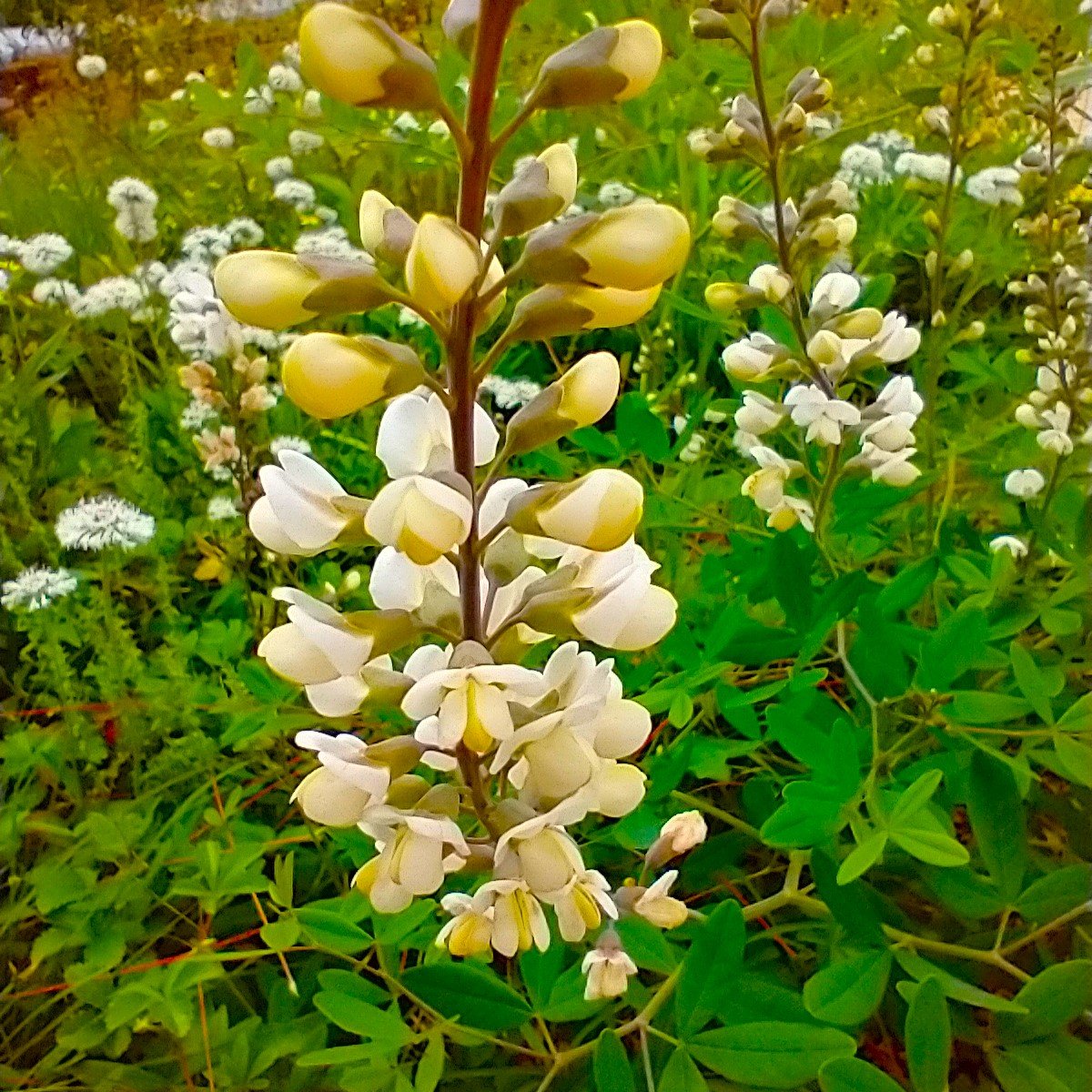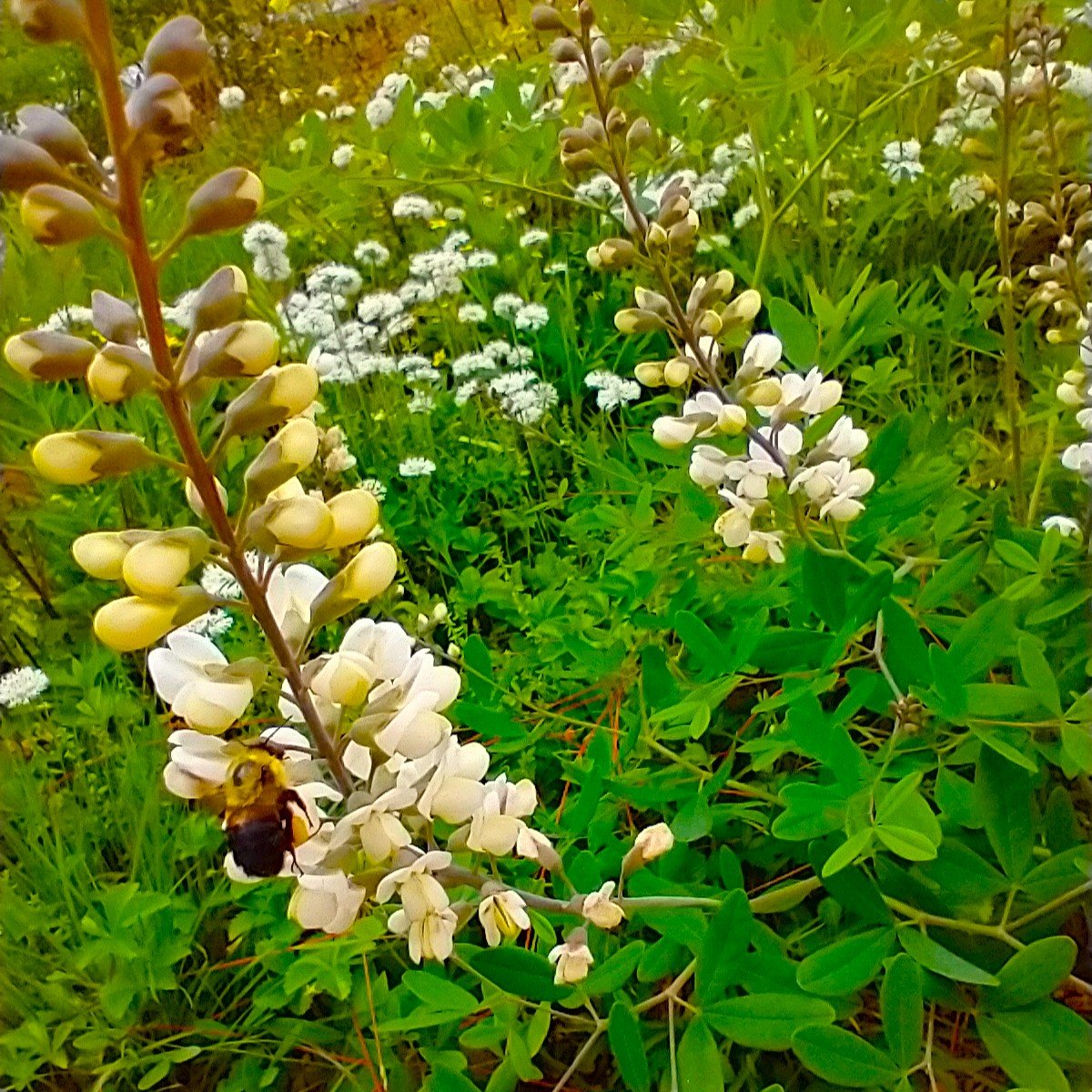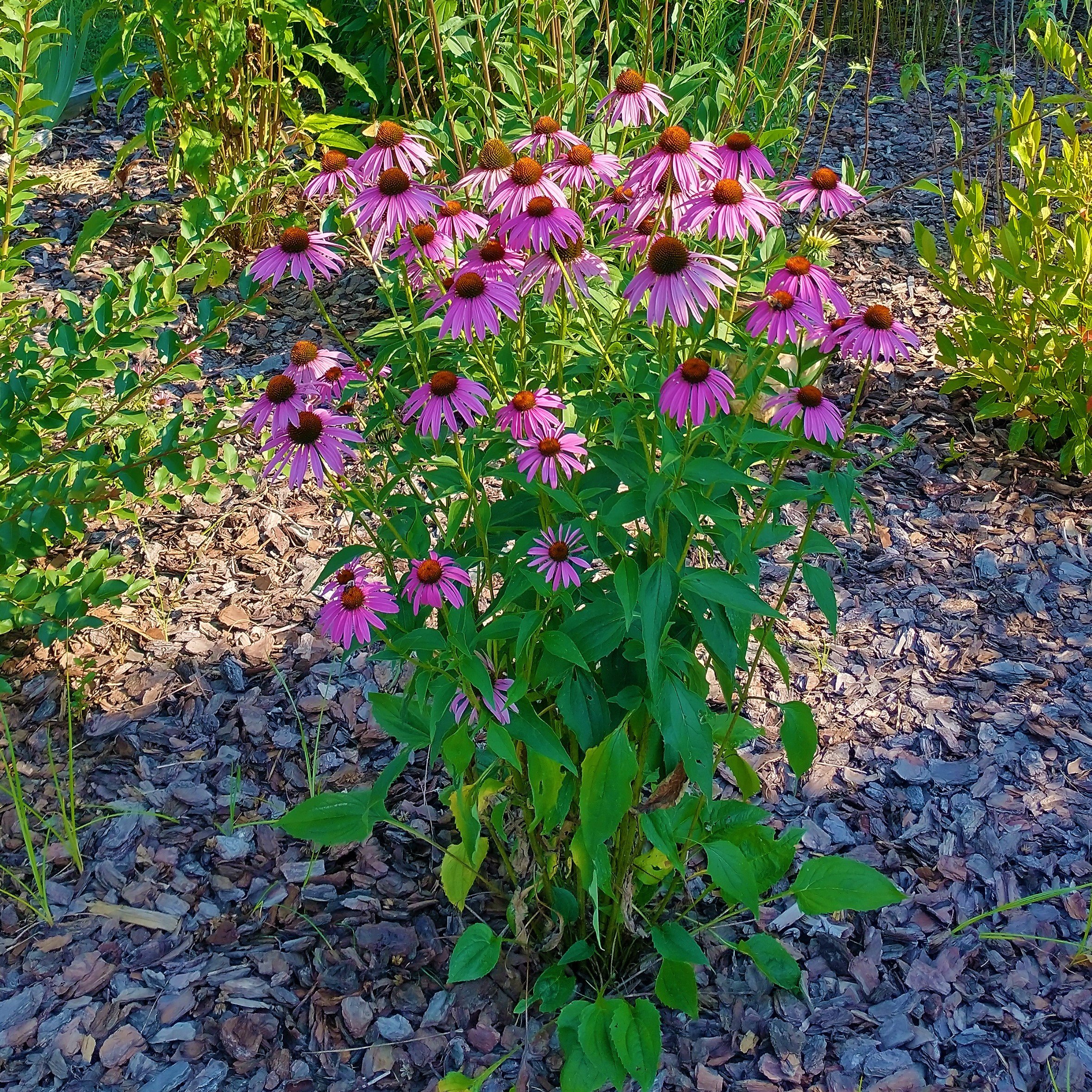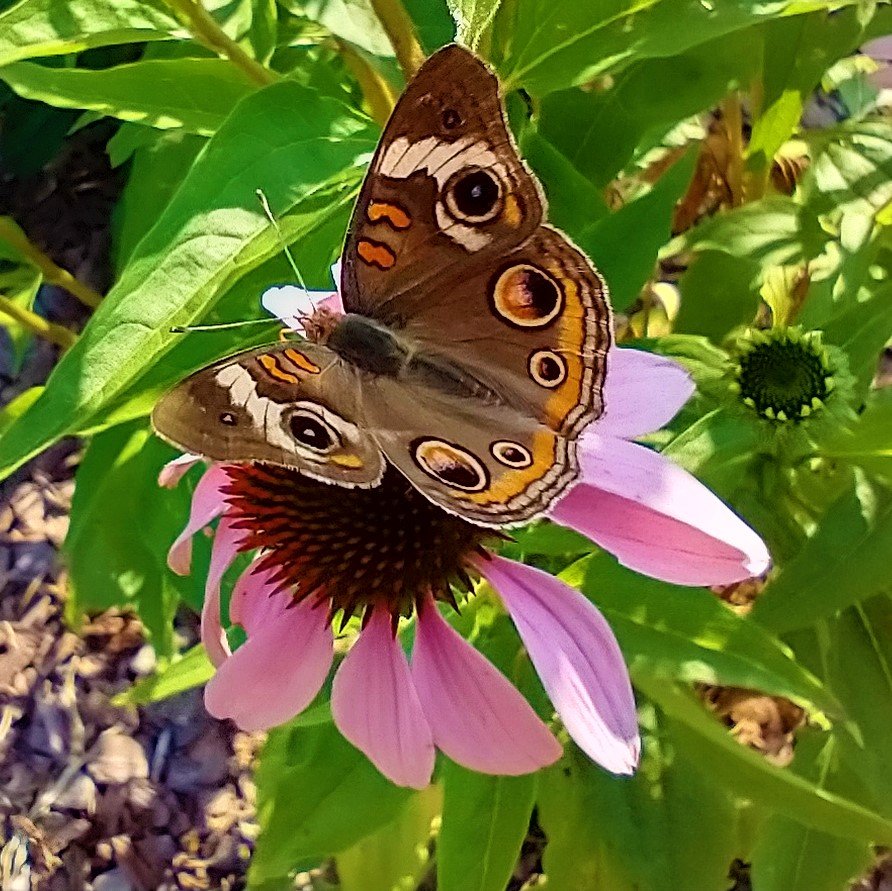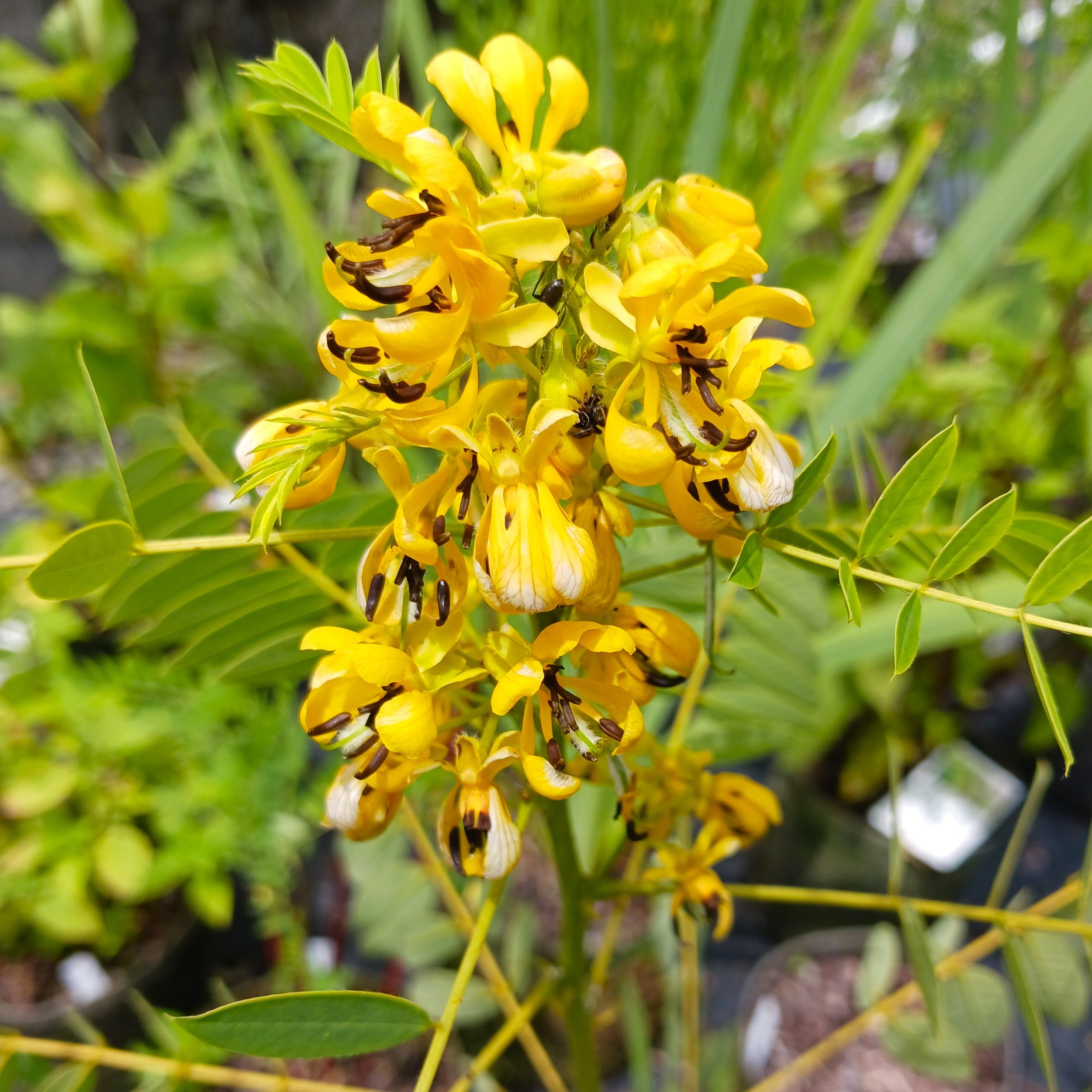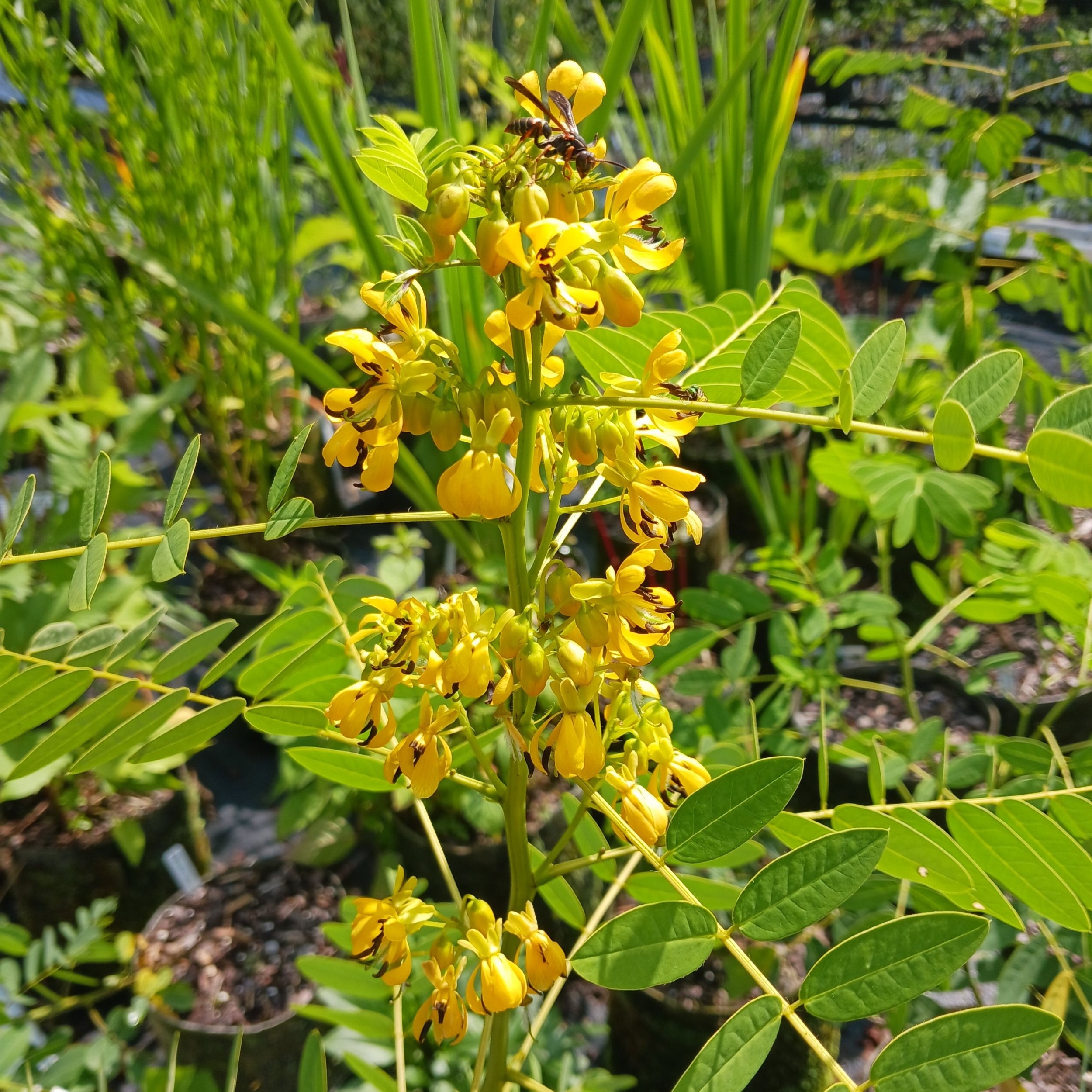Lobelia siphilitica (Great Blue Lobelia) - NC Ecotype
Lobelia siphilitica is one of our favorite wildflowers for late summer, especially in shadier gardens. It is hardy and showy, with vibrant blue flowers attracting bees, butterflies, and hummingbirds.
Lobelia siphilitica is one of our favorite wildflowers for late summer, especially in shadier gardens. It is hardy and showy, with vibrant blue flowers attracting bees, butterflies, and hummingbirds.
Lobelia siphilitica is one of our favorite wildflowers for late summer, especially in shadier gardens. It is hardy and showy, with vibrant blue flowers attracting bees, butterflies, and hummingbirds.
NC Ecotype! Lobelia siphilitica is a great wildflower for woodland pollinator gardens. It is a very hardy plant, preferring part-shade conditions, but it can bloom in full sun or full shade. It can tolerate some dry conditions, but generally needs moist, loamy, or even boggy soils, especially if in significant summer heat or direct sun. Some plants may be shorter lived than others, but Great Blue Lobelia can easily reseed in moist soils. Great Blue Lobelia flowers are generally a vibrant blue, rarely some individuals with white or violet flowers. Established plants can produce numerous flowers on branching stalks up to 4’, but generally clumps are less than 3’ height and width. This species can bloom anywhere from July until early October, but the length of bloom depends on the size and number of stalks and can last for weeks. This species is common in the midwest and northeast, but in our region is confined mostly to the Appalachian Mountains. They can grow in wet areas in the Piedmont and Coast but Lobelia cardinalis is usually better suited to sun and hot summers. For those in mountain climates, this can be a great addition to the garden, pairing well with larger and more prolific perennials by reseeding over time and filling in gaps that are too shady or too wet for other species.
Lobelia siphilitica may not have the breadth and range of other wildflowers, owing to its harder to access flowers, but it makes up in other areas. These are very tolerant of shade, and the toxicity to mammals makes them more resistant to deer and rabbits. Great Blue Lobelia also tends to work well at attracting hummingbirds and butterflies, with bumblebees and colorful metallic sweat bees being common visitors. Although they prefer moist to wet soils, they tolerate poor, rocky soils well, and work well as container plants - a good choice for shady decks and patios. Personal experience has demonstrated these to be attractive to a range of insect herbivores as well, not just caterpillars, and this can in turn attract a wide range of songbirds, from bluebirds to migrating warblers in early fall.
Pollinators: bumblebees, digger bees, halictid bees, small carpenter bees, honey bees, butterflies
Host Plant for Butterflies/Moths: 6+ species of mothsin our region, including the Pink-washed Looper Moth (Enigmogramma basigera)
Wildlife Value: Hummingbirds, Songbirds, Thrushes, Wood Warblers, shelter, winter cover
Deer Resistance: Good
Native Region: Appalachian Mountains, Piedmont
Seed Origin: Ashe County, NC
Ecoregion: 66 - Blue Ridge
USDA Zones: 4-9
States found in our region: AL, DE, GA, KY, MD, NC, PA, SC, TN, VA, WV
Other states found: AR, CO, CT, IA, IL, IN, KS, LA, MA, ME, MI, MN, MO, MS, ND, NE, NH, NJ, NY, OH, OK, RI, SD, TX, VT, WI, WY










